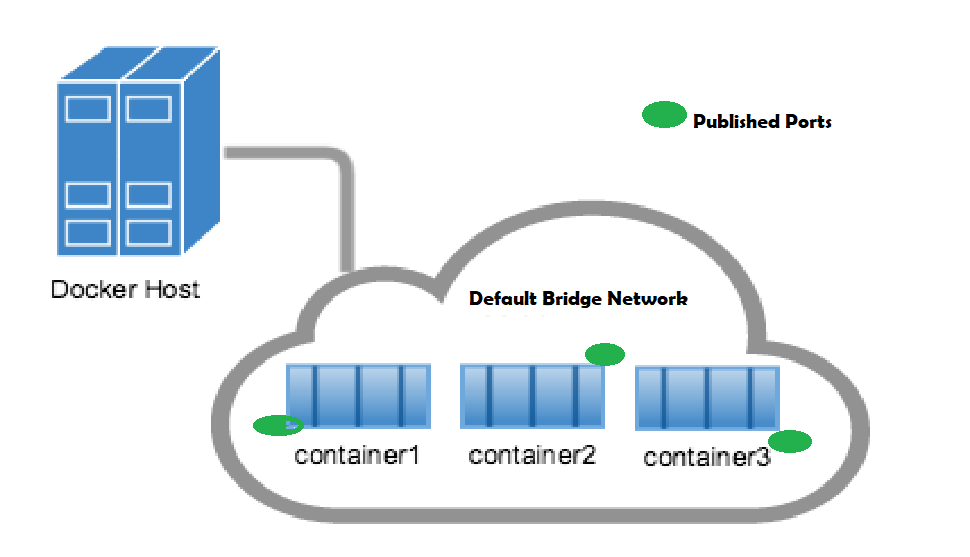Networks: Exploring Docker's Building Blocks - Docker objects
 Exisf
Exisf
Docker networks are an essential component of Docker's networking capabilities, allowing you to establish and control communication between Docker containers as well as communication between containers and the host system. Docker networks provide isolation, security, and flexibility for containerized applications.
First, we will introduce the fundamental concepts and benefits of Docker networks starting with the default network. Then, in the second section, we delve into hands-on examples and specific commands for working with Docker networks.
Section 1a:
Understanding the Default Bridge Network
When you run a Docker container without specifying a custom network, it is automatically assigned to the "bridge" network. Containers on the same bridge network can communicate with one another directly, but they are isolated from other bridge networks unless port forwarding is configured.
Key Features and Characteristics
By default, containers linked to the default bridge network are separated from external networks. This separation offers another degree of security by preventing container services from being directly exposed to the host's network interfaces.
Containers connected to the same default bridge network can interact using the internal IP addresses assigned by Docker. This communication is possible through the use of basic networking protocols like HTTP, HTTPS, and others.
Docker assigns unique container names, making it easy for containers to reference each other. This simplifies communication by allowing containers to use these names as hostnames.
The default bridge network also supports port mapping, which allows containers to expose certain ports to the host system or even external networks. This is required if you wish to access containerized services from outside the container.
Use Cases for the Default Bridge Network
The default bridge network is suitable for various scenarios which include:
Microservices Communication: Different components of an application can connect over the default bridge network in microservices designs, enabling efficient communication while retaining isolation.
Development and Testing: Containers on the default bridge network can communicate fluidly during development and testing, simulating a production-like environment without exposing services to the larger network.
Limitations and Considerations
Despite being convenient, the basic bridge network has some drawbacks:
Container Isolation: Containers on the default bridge network have a common network namespace, which could restrict security in some circumstances.
No Host Access: Containers on the default bridge network cannot directly access services on the host system.
Conclusion
The default bridge network in Docker serves as the foundation for container communication on a single host. It provides isolation, container-to-container interaction, and port mapping, making it an integral part of Docker's networking architecture. Understanding the default bridge network is essential for anyone working with Docker containers and building containerized applications.
In our next section 1b, we will explore the custom network types, and highlight the benefits of creating custom bridge networks, features, use cases and limitations. Stay tuned to take your Docker networking skills to the next level!

Subscribe to my newsletter
Read articles from Exisf directly inside your inbox. Subscribe to the newsletter, and don't miss out.
Written by
